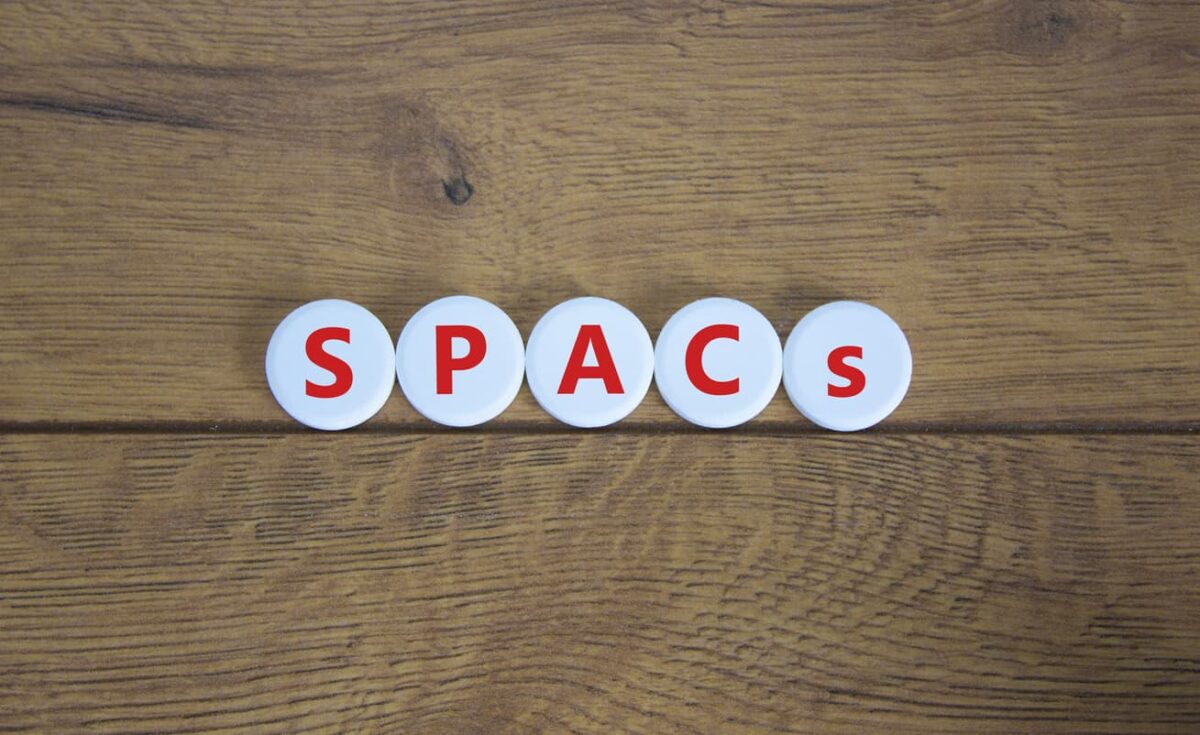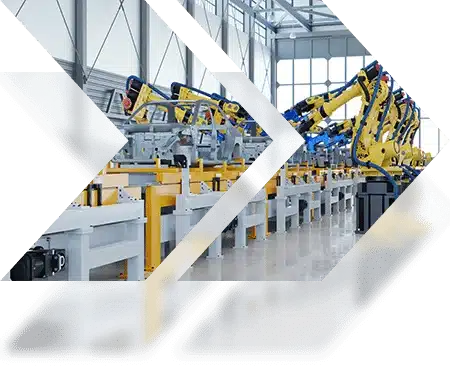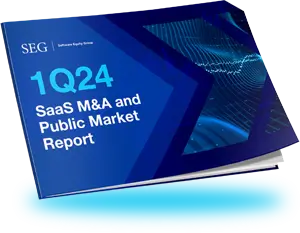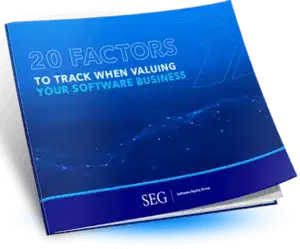The Reincarnation of SPACs

Between 1980 and 2000, an annual average of 310 companies went public. This average fell dramatically to 99 annual IPOs by 20121. Among the most prominent causes of this decline has been the Special-Purpose Acquisition Company (SPAC) ascendancy and its capability to effectively bring businesses public without a traditional IPO. The Wall Street Journal reported in February that since the start of 2021, SPACs raised nearly twice as much money as IPOs, demonstrating the efficacy of this IPO alternative.
What are SPACs?
SPACs are publicly traded corporations that purchase private companies, making them public without the same degree of accounting and legal complexity required with a standard IPO. SPACs also bring in significant investments, though these investors are unable to derive a profit from their money until the SPAC successfully merges with a target company. There are time limits, though, and SPACs must act within two years of their creation.
Target companies can benefit from the experience and capital available with a SPAC acquisition. The time between a SPAC acquiring a target and taking them public can take as little as 2-4 months, while an IPO can prove more expensive and take twice the time. However, this speculation is preceded by a period of up to two years during which a SPAC may bide its time searching for an appropriate target or targets to bring public.
As “blank-check” companies, SPACs employ industry experts that attract investors who speculate on what purchases they might make. Investment in most SPACs work by way of units. Units may be purchased by the public and generally represent one share of common stock and a warrant entitling the purchaser to buy a fractional share once the exercisable price is reached. Units are generally sold at $10 to investors, with warrants that become exercisable at $11.50, though not every SPAC has warrants. Additionally, this means that the value of a stock and the warrants are not properly known until the exercisable value is reached.
SPACs afford flexibility in bringing companies public that enables capitalization on zeitgeists. Pandemic-driven changes of certain industries, including video games, rent-management, and oil-and-gas, have seen SPACs purchase unique assemblages of different businesses to be brought public together.
SPACs and SaaS
SaaS companies are conventional targets of SPAC mergers. There is a variety of rationale supporting why a holding company may desire to take a SaaS company down the SPAC route. Some key reasons include the scalability of SaaS companies, worldwide dynamics driving higher adoption of cloud-based solutions, lower cost margins, adaptability, ease of distribution, etc. A SPAC can bring together multiple SaaS brands, enabling customers a broader suite of options under a single roof. This relationship, when executed properly, allows rapid growth and the immediate inflow of cash.
SPACs provide more than just a niche alternative to IPOs and have become among the preferred means of going public during the last several years. There are incentives for both investors and target companies, though these benefits should be carefully balanced against the nuanced differences between a SPAC and a traditional IPO.
(1) Xiaohui Gao, Jay R. Ritter and Zhongyan Zhu. The Journal of Financial and Quantitative Analysis. “Where have all the IPOs gone.”











